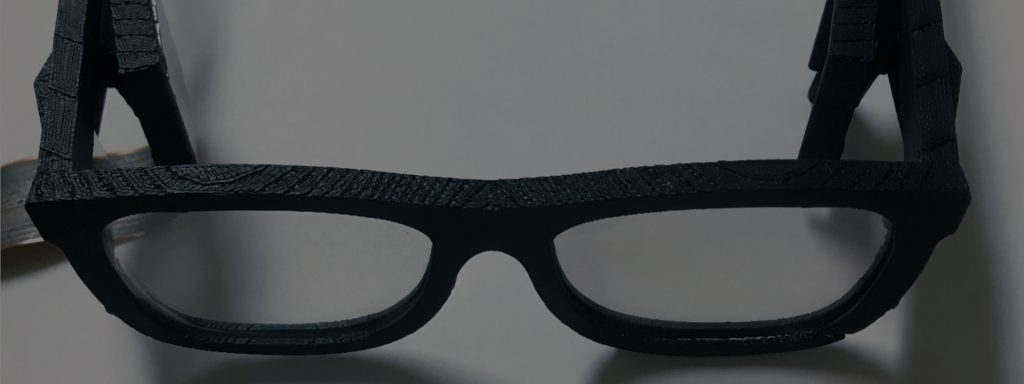Holographic Near-Eye Displays for Virtual and Augmented Reality
- Andrew Maimone ,
- Andreas Georgiou ,
- Joel Kollin
ACM Transactions on Graphics | , Vol 36: pp. 3.542361111-3.552777778

We present novel designs for virtual and augmented reality near-eye displays based on phase-only holographic projection. Our approach is built on the principles of Fresnel holography and double phase amplitude encoding with additional hardware, phase correction factors, and spatial light modulator encodings to achieve full color, high contrast and low noise holograms with high resolution and true per-pixel focal control. We provide a GPU-accelerated implementation of all holographic computation that integrates with the standard graphics pipeline and enables real-time (≥90 Hz) calculation directly or through eye tracked approximations. A unified focus, aberration correction, and vision correction model, along with a user calibration process, accounts for any optical defects between the light source and retina. We use this optical correction ability not only to fix minor aberrations but to enable truly compact, eyeglasses-like displays with wide fields of view (80°) that would be inaccessible through conventional means. All functionality is evaluated across a series of hardware prototypes; we discuss remaining challenges to incorporate all features into a single device.
Note that this Microsoft Research publication is not necessarily indicative of any Microsoft product roadmap, but relates to basic research around holographic displays.
Holographic Near-Eye Displays for Virtual and Augmented Reality
We present novel designs for virtual and augmented reality near-eye displays based on phase-only holographic projection. For more information, please visit our project page and blog.
